
Quincy Examiner Review
Proudly Documenting Quincy’s Legacy Since 1995
Every so often, a television mystery drops an ending so sharp, so perfectly orchestrated, it earns a place among the most memorable moments in procedural TV. For me, that moment came during a rewatch of the Season 7 episode of Quincy, M.E., titled “Murder on Ice.” Originally aired on March 9, 1983, this installment of the NBC medical examiner series pulls together an all-star cast, a classic snowbound mystery setting, and a final reveal that pays elegant homage to its NBC Mystery Movie lineage.
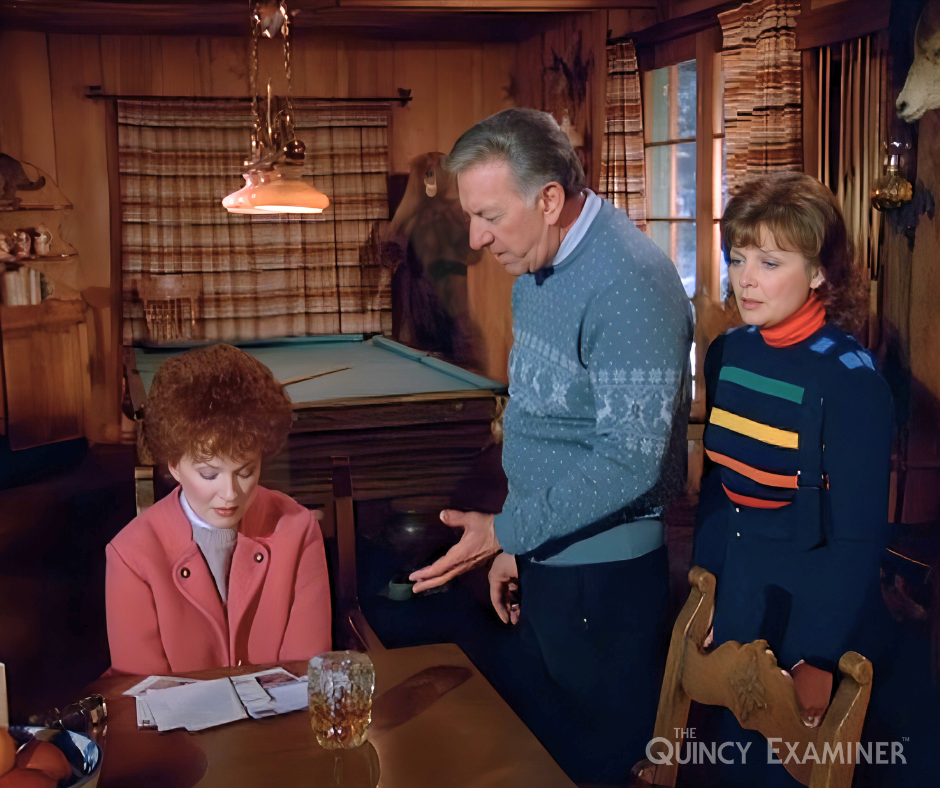
The episode stars Jack Klugman in his iconic role as Dr. Quincy, and features guest appearances by Lola Albright as Assistant District Attorney Liz McKenna, Dane Clark as Sgt. Herb Gleason, and a particularly memorable silent turn by Henry Gibson as the mysterious, mute Max. Veteran actors Robert Alda and Ann Blyth round out the guest cast, bringing gravitas and ambiguity to their roles as part of a group of high-powered figures attending a snowy secluded hideaway resort far in the woods (Of course, it would be since this episode has external shots filmed on location in Lake Tahoe, Nevada.. The perfect destination for a murder or two, no doubt!
What unfolds is a classic locked-room setup: A group of professionals, stranded by snow at a remote lodge, are forced to reckon with a murder in their midst. Director Mel Ferber balances the ensemble dynamic well, giving room for each guest star to add intrigue and motive. The script, penned by Lee Sheldon, gives Quincy ample material to work through scientifically and psychologically as he chips away at the increasingly suspicious behaviors of those around him.
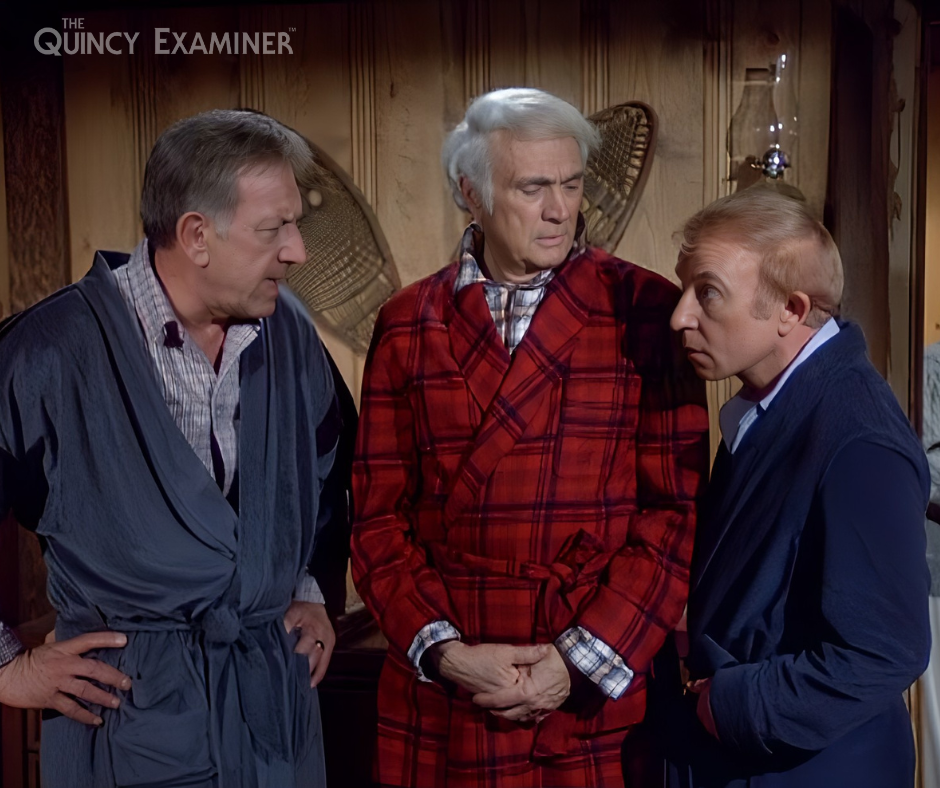
The climactic moment comes after Quincy, analyzing a set of inconsistencies and weighing a subtle behavioral tell, realizes the true nature of the crime. He only connects the dots first—then, he retrieves the concealed evidence—a collection of hidden diamonds—from their hiding spot and, in a stunning gesture of finality, pours them into an ashtray for all to see. This isn’t a twist out of nowhere, nor is it necessarily overly theatrical. It’s a calculated, satisfying payoff that allows the audience to arrive at the truth alongside Quincy. No dramatic lighting cues or villainous confessions are necessary—the visual says it all. It’s a rare television moment where the writing and direction trust the intelligence of the viewer.
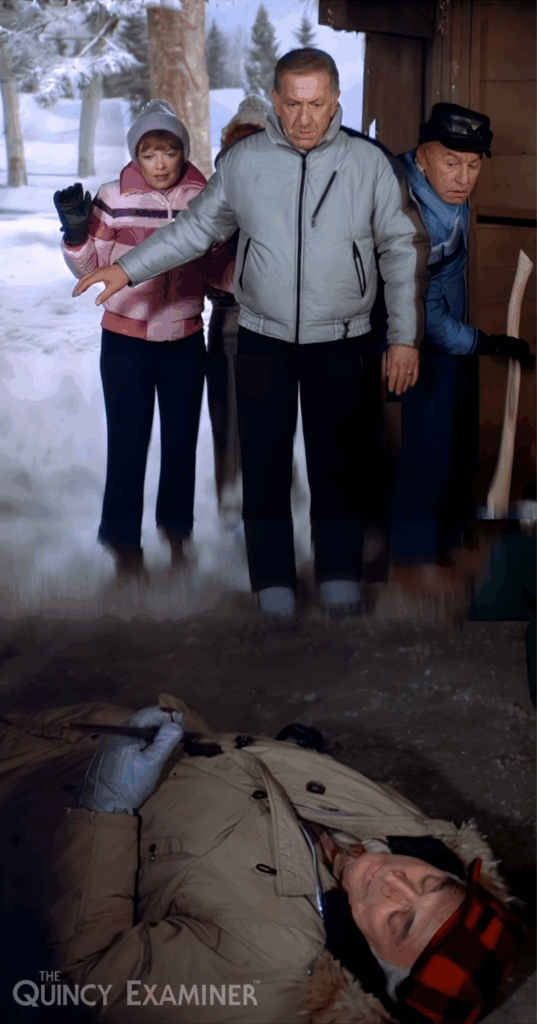
It’s that moment that stirred something familiar in me. The structure of the scene—the quietness, the confidence, the unspoken challenge in Quincy’s posture—evoked the unmistakable spirit of Columbo. Though the two shows were created by different teams—Columbo by Richard Levinson and William Link, and Quincy, M.E. by Glen A. Larson and Lou Shaw—they both emerged from the fertile creative ground of 1970s Universal Television. And in that context, their tonal similarities make perfect sense.
Universal Television in that era had a distinctive studio style. Series like Columbo, McCloud, McMillan & Wife, and Quincy, M.E. shared production crews, recurring sets, and even guest stars. They leaned into a storytelling approach that emphasized deductive reasoning, slow-burn character tension, and a moral core. “Murder on Ice” embraces that fully. Despite no direct crossover in writing staff—Lee Sheldon, who wrote this Quincy episode, never worked on Columbo—the fingerprints of Universal’s house style are everywhere.
From the filming techniques (tightly framed dialogue shots, measured camera movement, and soft-focus lighting) to the narrative rhythm (act-break pacing, location cutaways, quiet climaxes), Quincy, M.E. operated like a procedural clock. This episode in particular demonstrates how those factory-stamped aesthetics could still deliver emotionally and intellectually resonant television.

Dane Clark’s Sgt. Herb Gleason provides the skeptical law enforcement presence, bringing his own gruff charm and local authority to the table. Meanwhile, Henry Gibson as the mute Max steals every scene he’s in, delivering a silent, vulnerable performance that adds mystery and melancholy. It’s a reminder of how much Quincy’s world depended on subtle character beats, not just autopsies and evidence.
Ultimately, “Murder on Ice” is a standout not only for its mystery structure, but for how it leverages its studio DNA to deliver a story that’s sharp, smart, and timeless. Whether you’re revisiting the series or discovering it for the first time, this episode deserves your full attention. It may not have been written with Columbo in mind—but it’s not a stretch to say that for a few final minutes, Quincy earned his place right alongside the rumpled lieutenant of lore.
Recommended Viewing: Revisit Quincy, M.E. Season 7, Episode 19, and experience this masterclass in procedural storytelling. Then let us know—did Quincy out-Columbo Columbo, just this once?
Explore more in-depth reviews and classic TV retrospectives visit our main page at www.quincyexaminer.com
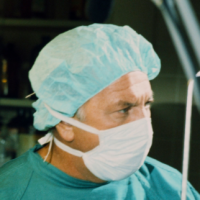
Chief online influencer of all things Quincy. Currently, I operate as a content creator & editor to The Quincy Examiner – Online Home to the godfather of all today’s forensic detective TV series. When time permits, I run the gauntlet with young and old family members as we surpass this post-COVID pandemic! I follow up with all communication but the social links below are probably the best way to find me quickly! Enjoy the site and come back again soon… that’s doctor’s orders! Be well!
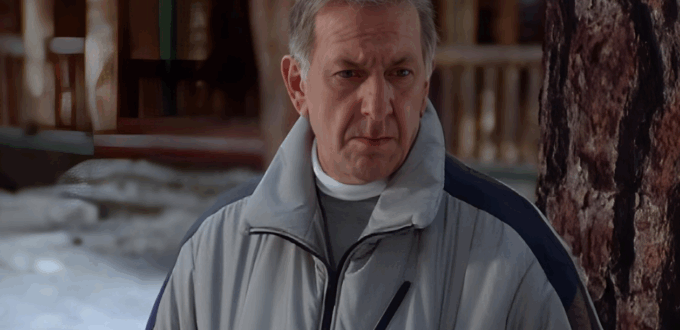
No Comments Yet